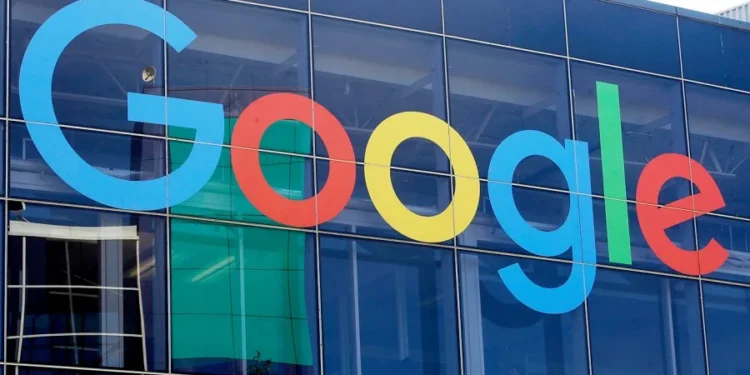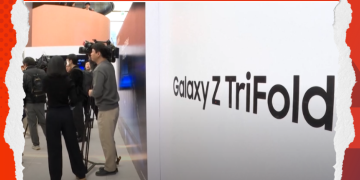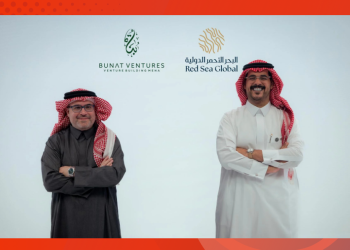Google just signed the world’s largest corporate fusion energy agreement with Commonwealth Fusion Systems (CFS). The tech giant committed to purchasing 200 megawatts of fusion power from CFS’s first commercial plant in Chesterfield County, Virginia.
Google is betting on technology that hasn’t been proven commercially yet; fusion power that mimics the energy source of the sun and stars.
CFS Plans World’s First Commercial Fusion Plant
Commonwealth Fusion Systems will build their ARC power plant in Virginia’s James River Industrial Park. The facility will generate 400 megawatts of clean electricity when it comes online in the early 2030s. Google will take half that output through their power purchase agreement.
The ARC plant aims to become the first grid-scale commercial fusion facility globally. CFS expects the plant to operate for at least 20 years, providing steady carbon-free power to Virginia’s electrical grid.
Google also made a second investment in CFS to support their technology development. The company previously invested in CFS in 2021 when they were building their SPARC demonstration reactor in Massachusetts.
SPARC Tokamak Reactor Shows Promise
CFS uses a donut-shaped reactor design called a tokamak. Their SPARC machine currently under construction in Massachusetts will test whether their technology can produce more energy than it consumes, known as “net energy gain.”
The company’s breakthrough comes from using high-temperature superconducting magnets that create powerful magnetic fields. These magnets allow for a more compact reactor design compared to traditional tokamaks.
SPARC will heat fuel to over 100 million degrees Celsius. At these extreme temperatures, hydrogen isotopes become plasma and fuse together, releasing tremendous energy that can generate electricity.
Tech Giants Rush Into Fusion Investment
Google’s deal reflects growing corporate interest in fusion energy. The Fusion Industry Association reports that private fusion companies raised over $7 billion in 2024 alone, with 80% of investments going to US companies.
Major tech companies are backing different fusion approaches:
- Google invested in both CFS and TAE Technologies
- Microsoft signed power deals with Helion Energy
- Chevron and other energy companies are funding multiple fusion startups
The race to commercial fusion has accelerated as AI and data center growth drives massive energy demand. Google’s data center energy use doubled in four years, pushing the company to seek new clean power sources.
Google Expands Clean Energy Portfolio
This fusion deal builds on Google’s extensive clean energy investments. Since 2010, the company has procured over 22 gigawatts of renewable power, helping reduce data center emissions by 12%.
Google recently signed agreements for:
- 500 megawatts of small modular nuclear reactors with Kairos Power
- Next-generation geothermal energy with Fervo Energy
- 600 megawatts of solar power with energyRe
The company is also partnering with Intersect Power and TPG Rise Climate to co-locate data centers with clean energy generation across the US.
Virginia Becomes Fusion Energy Hub
Virginia Governor Glenn Youngkin announced that CFS will invest several billion dollars in the Chesterfield County facility. The project will create hundreds of jobs in the Richmond region.
“In the early 2030s, all eyes will be on the Richmond region as the birthplace of commercial fusion energy,” said Bob Mumgaard, CFS CEO and co-founder.
The Virginia plant will compete with other fusion projects worldwide, including ITER in France and China’s EAST tokamak reactor. Success in Virginia could establish the US as the leader in commercial fusion deployment.
Market Impact and Future Outlook
Google’s deal gives CFS credibility and financial backing for their ambitious timeline. The agreement includes options for Google to purchase power from additional CFS plants, potentially creating a pipeline of fusion projects.
Fusion energy could provide abundant, clean power without the land requirements of solar and wind farms. A single fusion plant can generate electricity continuously regardless of weather conditions.
However, industry experts caution that widespread fusion deployment likely won’t happen until after 2050. The technology must first prove viable at commercial scale before scaling to meet global energy demand.
Google’s bet on fusion demonstrates confidence in the technology’s potential. If successful, this deal could accelerate the entire fusion industry and provide a new model for corporate clean energy procurement.
The coming decade will determine whether fusion energy can deliver on its promise of abundant, clean power, or remain an expensive experiment that falls short of commercial viability.














